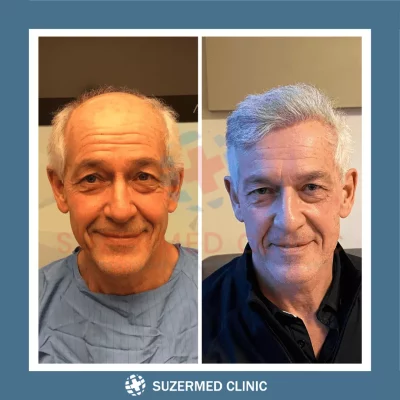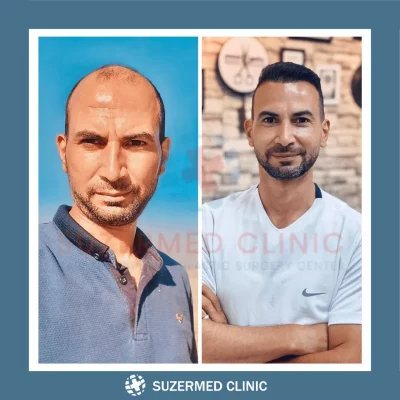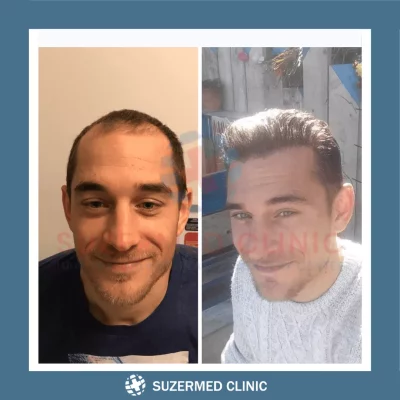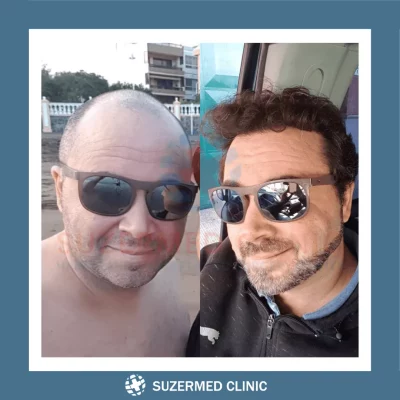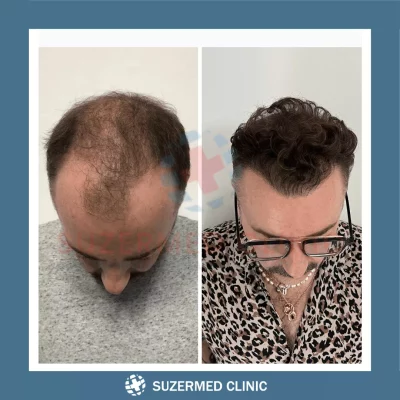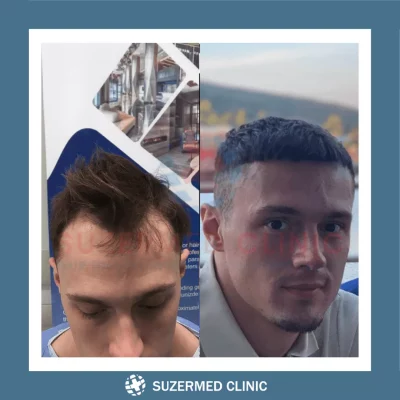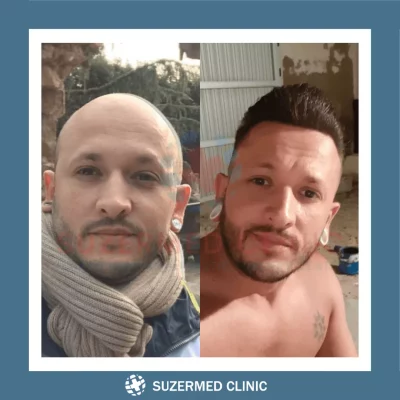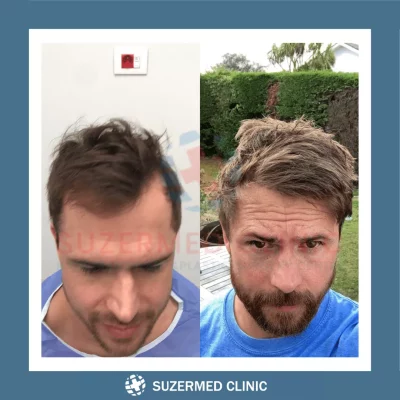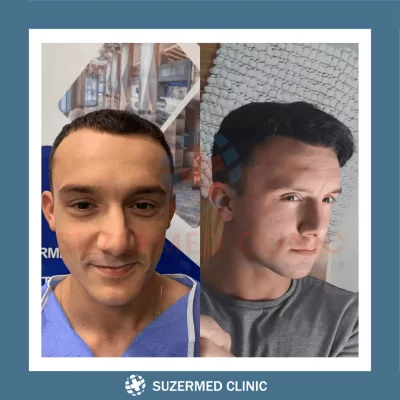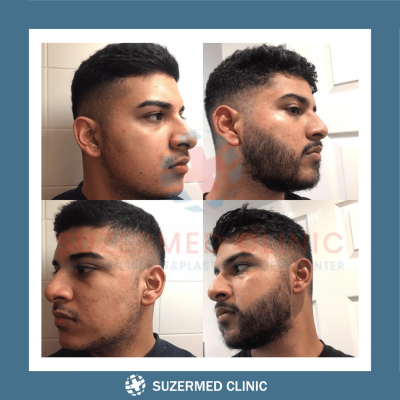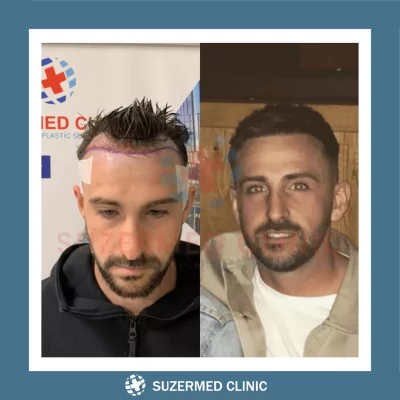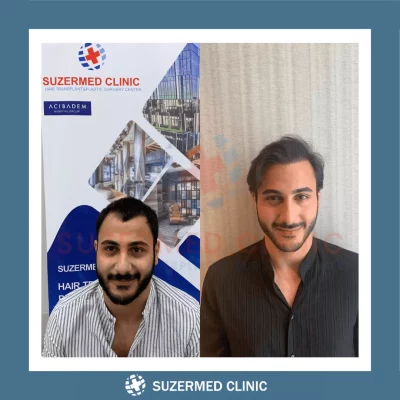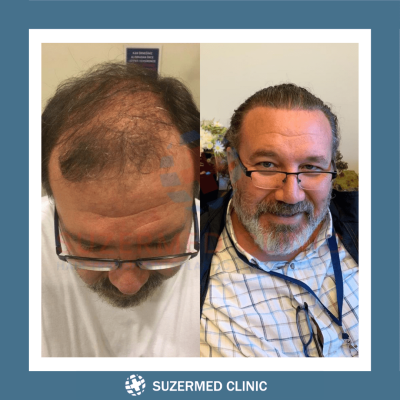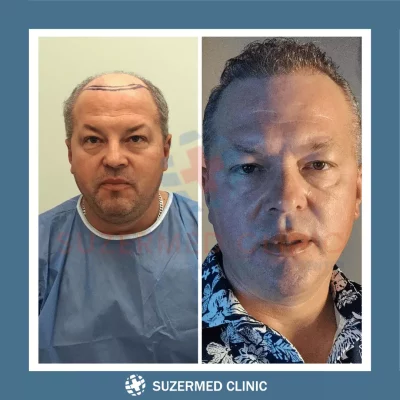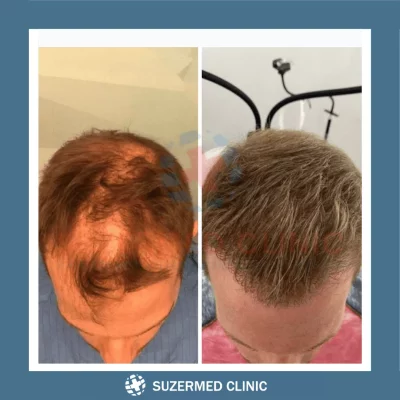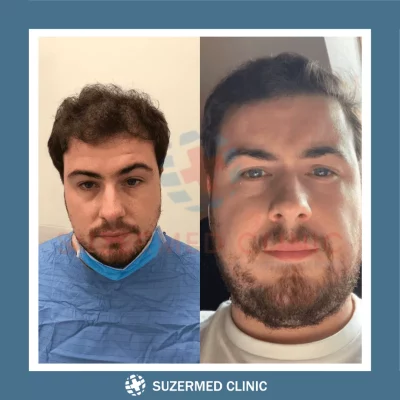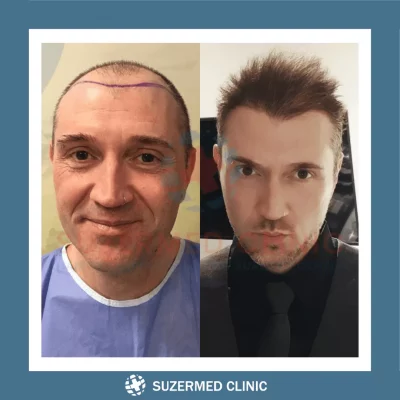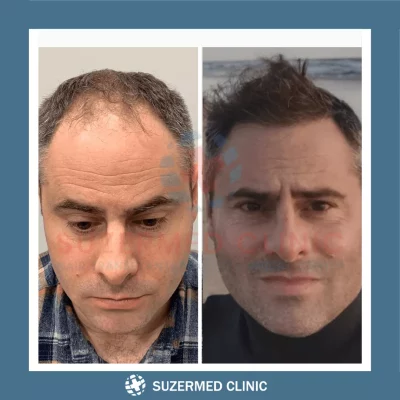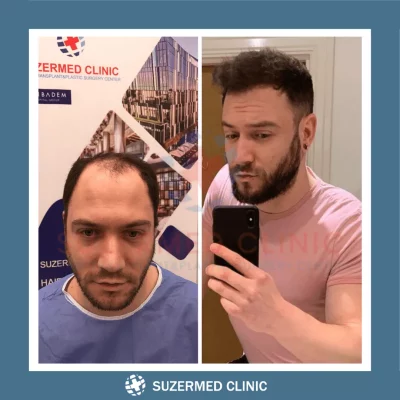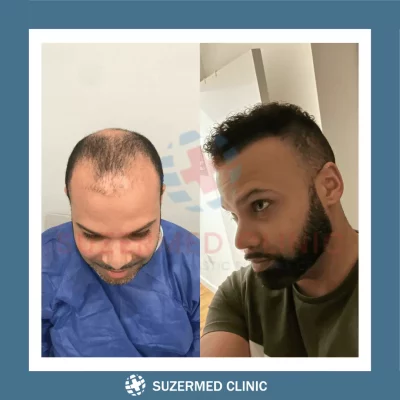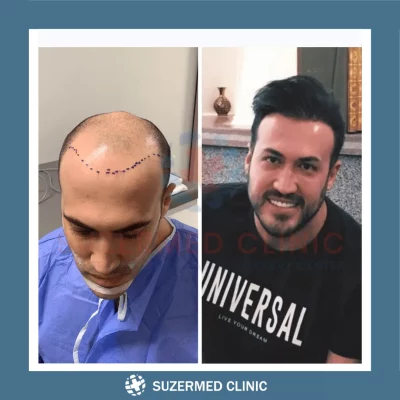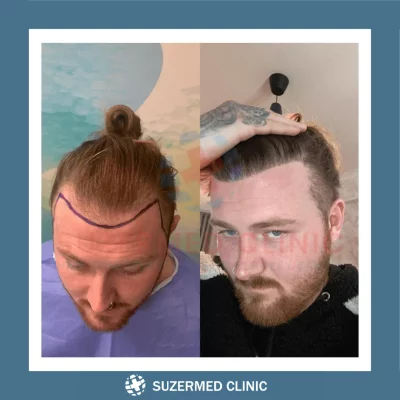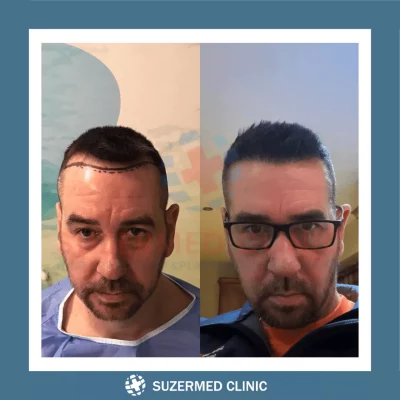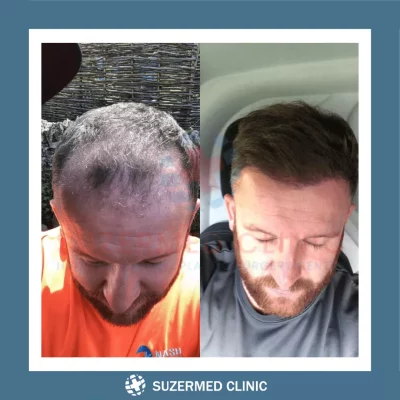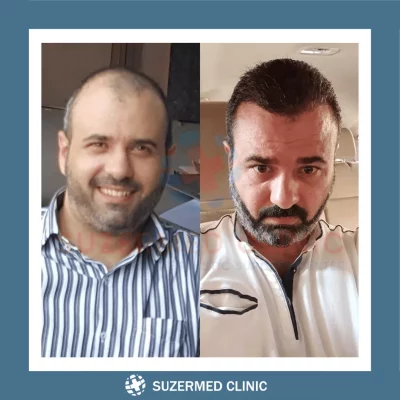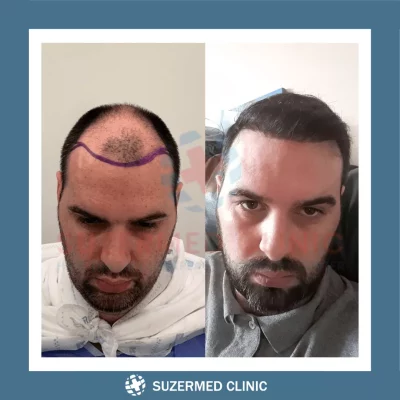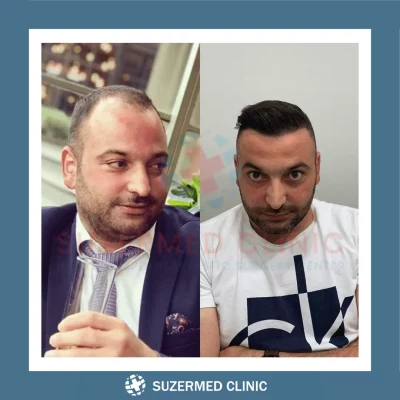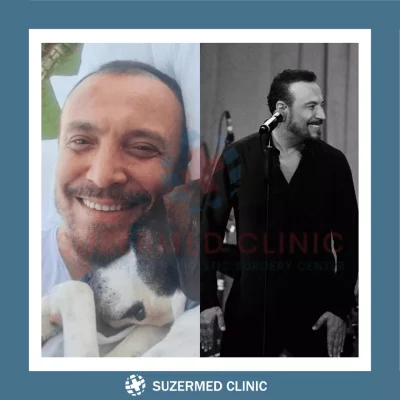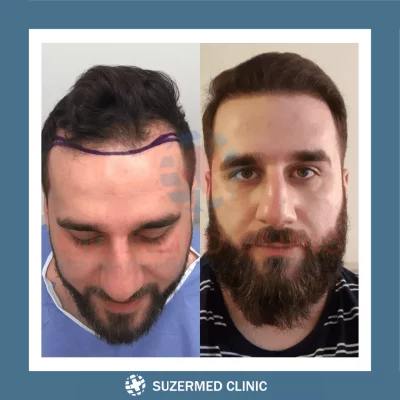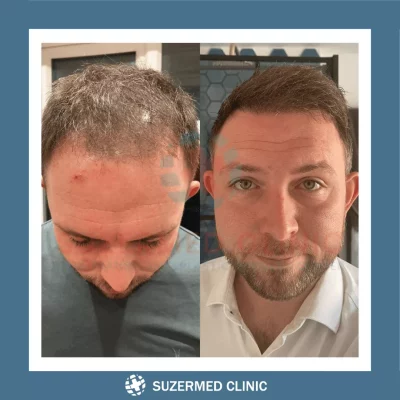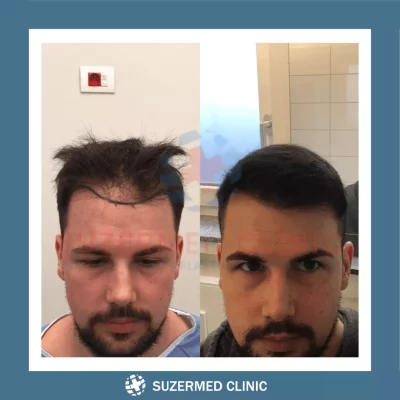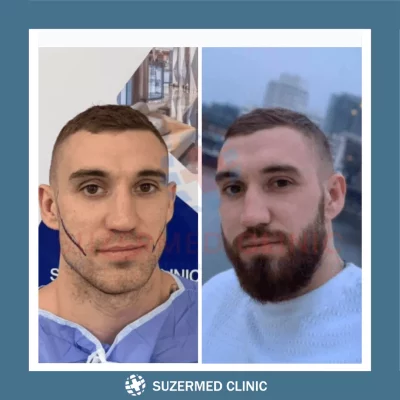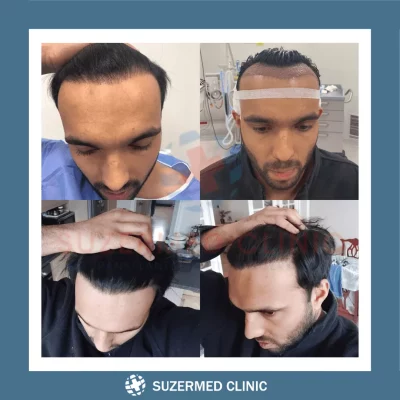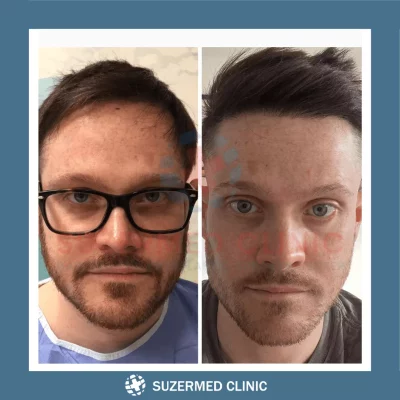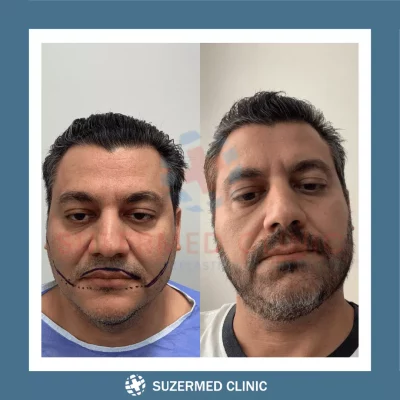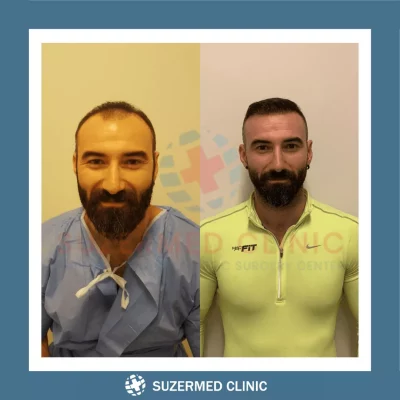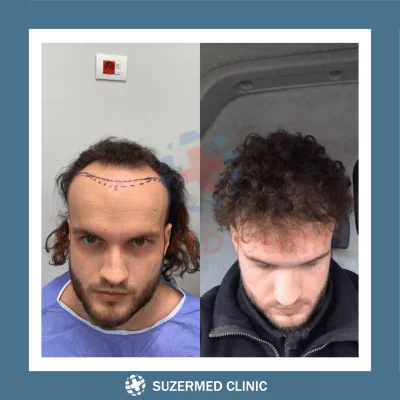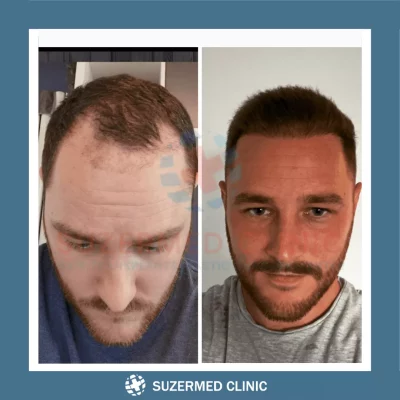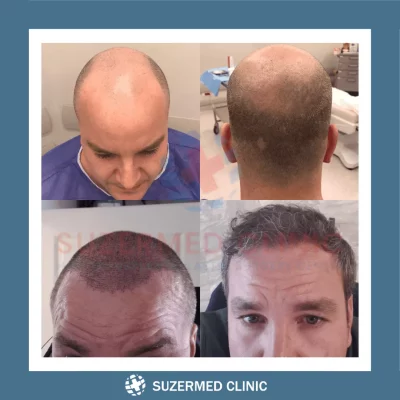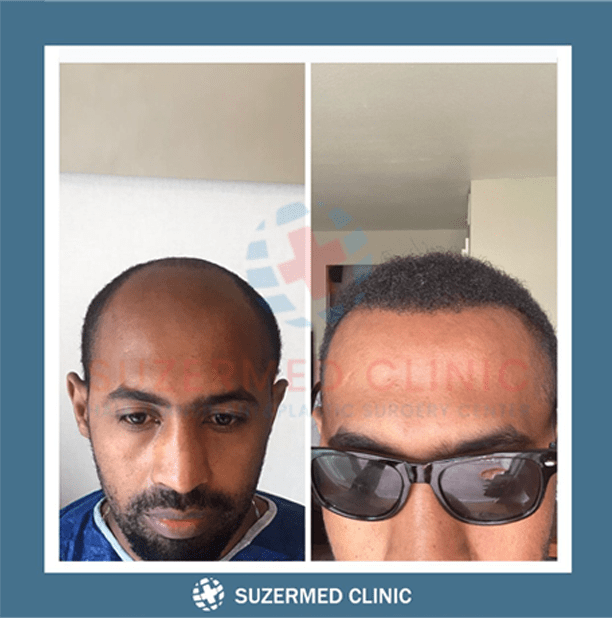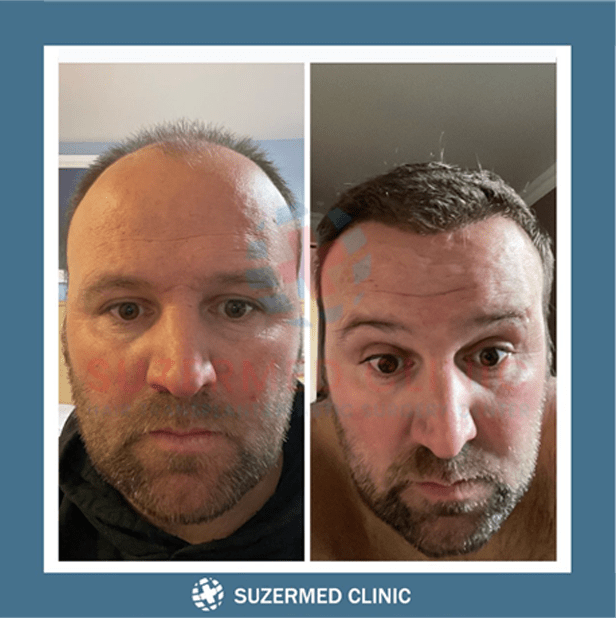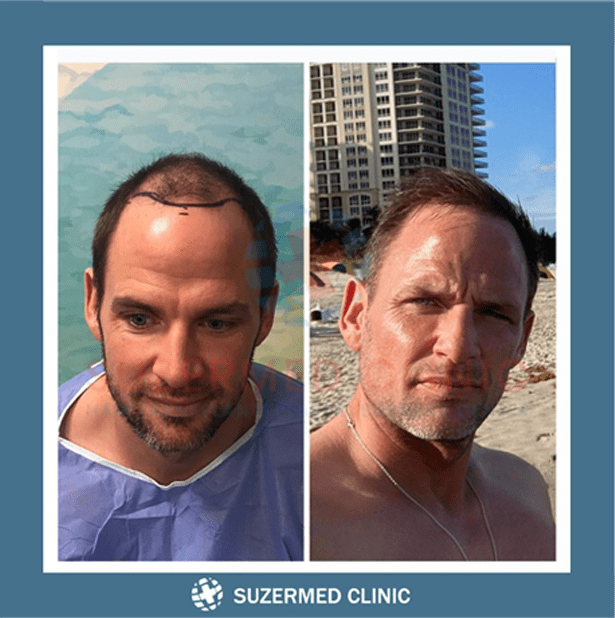Hair Transplant Before & After
Individuals with hair loss or thinning hair can see noticeable improvements in their looks after undergoing hair transplant surgeries. The outcome of a hair transplant can differ based on the patient’s hair loss pattern, the degree of hair loss, the technique employed, and the surgeon’s ability. Here is a general description of what to anticipate both during and after a conventional hair transplant before after
Before the Procedure:
- Consultation: You will meet with a hair transplant surgeon to go through your medical history, expectations, and concerns regarding hair loss. Your hair loss pattern, the availability of donor hair, and your candidacy for a hair transplant will all be considered by the surgeon.
- You can receive detailed instructions on how to get ready for the procedure before the operation. Avoiding some drugs, alcohol, and smoking are a few examples of this.
During the Procedure:
- Anesthesia: To numb the donor and recipient scalp regions, local anesthetic will be used.
- Donor hair extraction: The Follicular Unit Extraction (FUE) procedure uses a micro-punch or robotic instrument to harvest individual hair follicles from the donor area, which is often the back or sides of the scalp. Follicular unit transplantation (FUT) involves the surgical removal of a strip of scalp, followed by microscopic dissection of the donor hair follicles.
- Create the recipient site by making a few tiny incisions in the bald or thinning area where the transplanted hair follicles will be placed.
- Hair follicle placement: To produce a natural-looking result, the removed hair follicles are meticulously implanted into the recipient locations with precise angulation and density.
After the Procedure:
- Recovery: In the recipient and donor sites, you can feel a little uncomfortable, swollen, and red. While recovery times can differ, most people are able to return to their normal routines within a few days to a week.
- After surgery, your surgeon will give you instructions on how to take care of the transplanted region, including how to wash and groom it and how to take any medications.
- Hair shedding and regrowth: A few weeks following the procedure, it’s usual for the transplanted hair to start shedding. The hair follicles are still present, though, and new hair growth usually starts within a few months.
- Timeline for hair growth: The freshly transplanted hair will grow gradually. After six to twelve months, significant visible benefits might be seen, and throughout the ensuing months, things might keep getting better.
- Final outcomes: It may take up to a year or more for a hair transplant’s results to take full shape. To give you a fuller, younger appearance, the transplanted hair should look natural and mix well with your current hair.
Individual results can vary, so it’s vital to keep that in mind and to set reasonable goals. The specific circumstances of the patient, the surgeon’s skill, and adherence to post-operative care guidelines are only a few of the variables that affect a hair transplant’s effectiveness. A trained hair transplant specialist can give you more detailed information depending on your unique situation if you consult with them.
Is it worth going to Turkey for a hair transplant?
In recent years, Turkey has developed a reputation as a preferred location for hair transplants. Many people seeking hair restoration procedures have been drawn to the nation by its combination of reasonable costs, knowledgeable surgeons, and top-notch medical facilities.
Turkey’s hair transplant facilities are renowned for using cutting-edge methods like Follicular Unit Extraction (FUE) and providing affordable costs as compared to other nations. Many medical facilities in Turkey specialize particularly to foreign patients, offering all-inclusive packages that cover travel, lodging, and post-operative care.
However, it is essential to do in-depth study and take into account a number of aspects before making a decision:
- Reputation and Credentials: Make sure the facility and surgeon you select have a solid history and are licensed by credible bodies. To learn more about the experiences of prior patients, look for reviews and testimonials.
- Check the clinic’s compliance with international standards for safety and hygiene. Search for applicable qualifications or accreditations like the Joint Commission International (JCI).
- Experience of the Surgeon: For the procedure to be successful, the surgeon’s skill and experience are essential. Examine the surgeon’s credentials, expertise, and the amount of hair transplant surgeries they have completed successfully.
- Cost: Turkey offers affordable prices when compared to many other nations, but it’s vital to take into account the total cost, which includes travel costs, lodging costs, and post-operative care. Additionally, give quality and safety more importance than just price.
- Consultation: Arrange meetings with a number of hospitals or surgeons to go over your particular issue, comprehend the technique, and weigh their suggestions. This will enable you to make a well-informed choice based on their knowledge and your unique requirements.
The decision to travel to Turkey for a hair transplant ultimately comes down to the preferences and circumstances of the individual. Even though many people have had excellent experiences and received pleasing outcomes, it is crucial to conduct careful study, take the aforementioned aspects into account, and come to a well-informed decision.
Instagram : suzermedclinic

